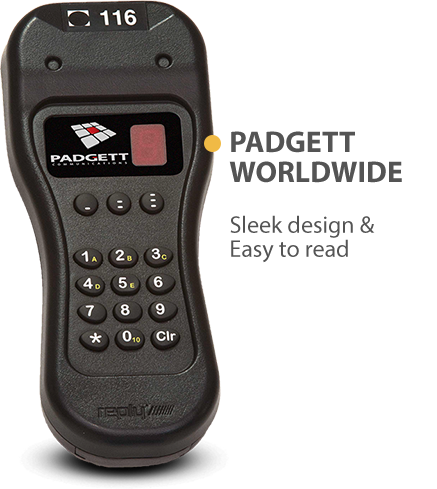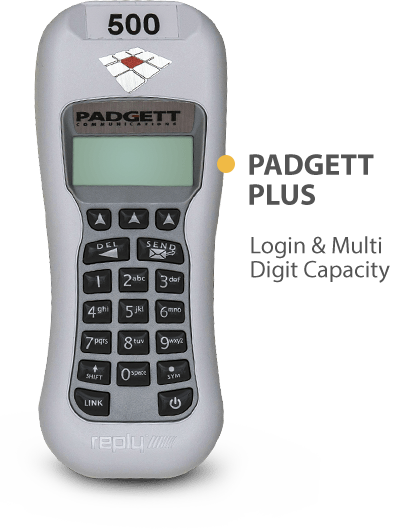Live Polling Using an Audience Response System

ARS Components
Typically, an ARS includes a video projector, software that runs on the presenter’s computer, and handheld devices, or clickers, that are distributed to audience members. The projector displays questions to which audience members respond by pressing a key on their device. Responses are sent to a receiver attached to the presenter’s computer, and the ARS software collects the results. Depending on the event’s objective, results can be displayed graphically to the audience or stored in a database on the presenter’s computer for further analysis.
The Benefits of Immediate Feedback
One of the chief advantages of ARS for live polling is the immediate audience feedback it provides. This helps explain the popularity of the system in university classrooms. The nature of the students’ responses essentially indicates if students are struggling to understand a topic, thereby allowing a lecturer to modify the discussion. It’s also noteworthy that ARS provides audience members—in this case, students—with an equal opportunity to engage. Instead of having to raise their hands, students who are shy or prone to embarrassment over incorrect responses can preserve a measure of anonymity while still contributing to the discussion.
By simplifying the response process, audience polling with ARS also improves attentiveness. In fact, a 2005 University of Wisconsin study found that the majority of students who used ARS keypads reported increased engagement in the classroom. It’s no surprise then that ARS also increases knowledge retention among students.
Beyond the classroom, real-time ARS feedback is particularly effective for audience surveys. It allows participants to see from the response summary how their responses compare to those of fellow audience members, how many other people chose the same response, and how many participants—or what percent of the audience—chose different responses. The overall result is a more interesting learning environment.
More Engagement May Mean More Accuracy
When audience members can respond without being singled out, they are likely to be more honest. When done properly, ARS polling increases audience engagement and interaction. Because of greater participation, a presenter can obtain more accurate feedback from the audience as a whole.
Tracking Individual Responses
Sometimes tracking audience members’ responses may be required. In some situations, like academic settings, ARS keypads are registered to a particular user, with some kind of identifying number that is entered beforehand in the control computer’s database. When an audience member sends a response, the information is stored in the database, which presenters can access at the end of the interactive session. This is often how lecturers use ARS to take attendance in large classrooms, grade tests, and generally keep track of individual student performance.
Designing Effective ARS Prompts
Effective audience polling depends on the quality of the questions, or prompts. Here, simplicity is vital. Remember, the purpose is to create a non-threatening environment that encourages the participation of all audience members. It’s best to keep questions short and simple so that your audience can read them easily and respond without delay. Avoid tackling too many questions, however, as this can slow a presentation considerably. For maximum impact, highlight the points you want to emphasize. But give your audience enough time to read the questions and provide a thoughtful response.
Considering the non-threatening nature of live polling, you may find that once your presentation is underway, your audience becomes quickly involved and much discussion ensues. So, when preparing your presentation, be sure to allow for ample discussion time, as this will greatly enhance the overall quality of the event.
Depending on the type of ARS you use, you can select from four question formats:
- Close-ended or multiple-choice questions
- Open-ended questions that ask for brief text-based responses
- Scalar questions that rate a discussion item
- Ranking questions that put items in an ordinal sequence
Simple and straightforward wording will yield responses that are easy to understand. More complex response options may lead to confusion among the audience and reduce the number of valid responses. The aim is to achieve results that are easy to interpret when displayed on a screen.
Radio Frequency Transmission
Currently, most ARS use wireless hardware, with two main ways of transmitting data from ARS keypads to the base stations: infrared (IR) and radio frequency (RF). IR systems are more limited. They can receive signals from a 280-degree arc only and devices must be no more than 50 feet away from the receiver. As a result, IR systems are better suited for smaller rooms.
By contrast, an RF system is more versatile. It can accommodate hundreds of participants on a single base station, and because it allows you to link multiple stations, an RF system can conceivably handle audiences of several thousand people. RF systems can also receive signals from every direction and do not require a direct line of sight between the receiver and the handheld devices. Since data travels via radio frequency, devices can be more than 300 feet away from the receiver and still accept signals.
Reliable Audience Polling Options
Whether you need to improve your company’s training process, conduct market research, or address a large lecture hall, Padgett Communications offers an ARS that will ensure meaningful interaction among your audience members and instantly display their responses. Our audience polling solutions include:
- The Reply™ – Our most popular keypad features 13 numeric keys that allow as many as 10 answer options.
- The Reply™ Plus – With a two-line LCD display and up to 20 answer options, this device takes ARS to the next level.
- The Reply™ Mini – Ideal for classroom settings and stadium seating events, this keypad incorporates the primary features of ARS into a wearable keypad that is smaller than a credit card.
All of these devices operate on reliable RF transmission, making them highly secure and eliminating any concern about dropped cellular signals. If you’re uncertain about how to use ARS for your event, don’t worry. We provide a level of ARS service without rival in the industry. Our ARS experts will work with you to determine which keypad would be best for your event and will help you prepare your presentation plan, as well as perform setup, rehearsal, and any adjustments necessary. It’s no surprise that since our founding in 1995, we have maintained a 100% success rate at events, meetings, and conferences worldwide. For more information about how our live polling solutions can contribute to your event’s success, contact us today.



























